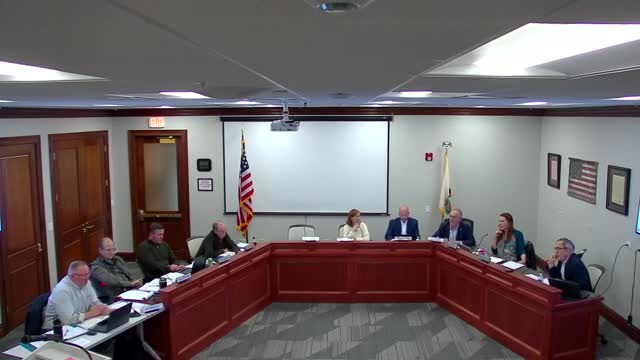Controversy erupts over new barnyard animal regulations
November 17, 2024 | Campton Hills, Kane County, Illinois
This article was created by AI summarizing key points discussed. AI makes mistakes, so for full details and context, please refer to the video of the full meeting. Please report any errors so we can fix them. Report an error »

In a recent government meeting, officials engaged in a heated discussion regarding changes to local regulations on the keeping of barnyard animals in residential areas. The debate centered around the removal of restrictions on the number of animals permitted on smaller lots, raising concerns about the implications for community living.
One official questioned the rationale behind the changes, noting that rabbits, previously allowed, were now excluded from the permitted list. This prompted further inquiries into the classification of barnyard animals, with some officials arguing that the new definitions could lead to an influx of animals, such as llamas and goats, on small residential properties.
Concerns were voiced about the potential for conflict among neighbors, particularly if one resident decided to keep multiple animals on a small lot. One official expressed fears that this could lead to disputes reminiscent of the historical \"Hatfields and McCoys\" feud, emphasizing the need for a more logical approach to zoning regulations.
The discussion highlighted a significant shift from previous regulations, which required a minimum of 1.25 acres for keeping certain animals. The current proposal, however, allows for a greater number of animals on smaller lots, which some officials deemed illogical given the surrounding communities' stricter standards.
As the meeting progressed, officials acknowledged the need for consensus and further deliberation on the issue, indicating that the changes could have lasting impacts on community dynamics and residential quality of life. The conversation underscored the complexities of balancing individual freedoms with community standards in zoning laws.
One official questioned the rationale behind the changes, noting that rabbits, previously allowed, were now excluded from the permitted list. This prompted further inquiries into the classification of barnyard animals, with some officials arguing that the new definitions could lead to an influx of animals, such as llamas and goats, on small residential properties.
Concerns were voiced about the potential for conflict among neighbors, particularly if one resident decided to keep multiple animals on a small lot. One official expressed fears that this could lead to disputes reminiscent of the historical \"Hatfields and McCoys\" feud, emphasizing the need for a more logical approach to zoning regulations.
The discussion highlighted a significant shift from previous regulations, which required a minimum of 1.25 acres for keeping certain animals. The current proposal, however, allows for a greater number of animals on smaller lots, which some officials deemed illogical given the surrounding communities' stricter standards.
As the meeting progressed, officials acknowledged the need for consensus and further deliberation on the issue, indicating that the changes could have lasting impacts on community dynamics and residential quality of life. The conversation underscored the complexities of balancing individual freedoms with community standards in zoning laws.
View full meeting
This article is based on a recent meeting—watch the full video and explore the complete transcript for deeper insights into the discussion.
View full meeting
